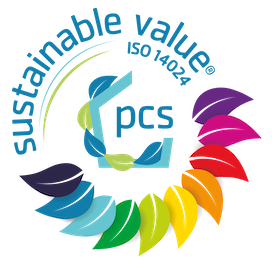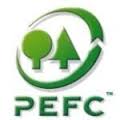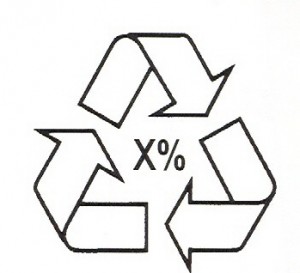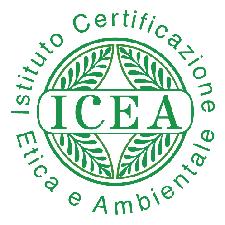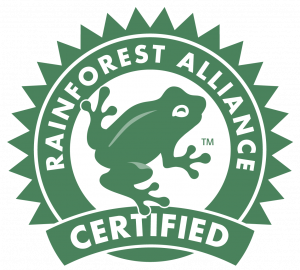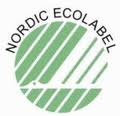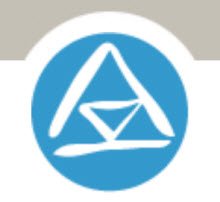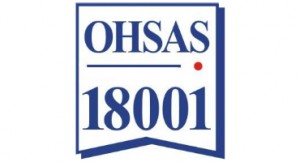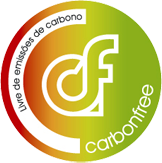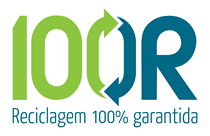Why is (accredited) certification important?
Companies often invest more time and money in trying to convey a green image of their products than in real and effective good environmental practices. To this end, we are witnessing the certification of products with seals that often pretend to link these products to nature without actually being environmentally sound, as can be exemplified by the image of a forest in a bottle containing harmful chemicals.
Certification can be, however, a quick and efficient way to decipher the environmental quality of a product, provided that it is, in fact, an accredited certification, which evaluates a good management of the resource, from manufacture to use, through the processes that the companies themselves implement.
The PCS distinguishes the various certifications that can be applied and that are duly accredited by credible certification systems.
The possible credible certifications, national and international, are presented below. They are divided into:
